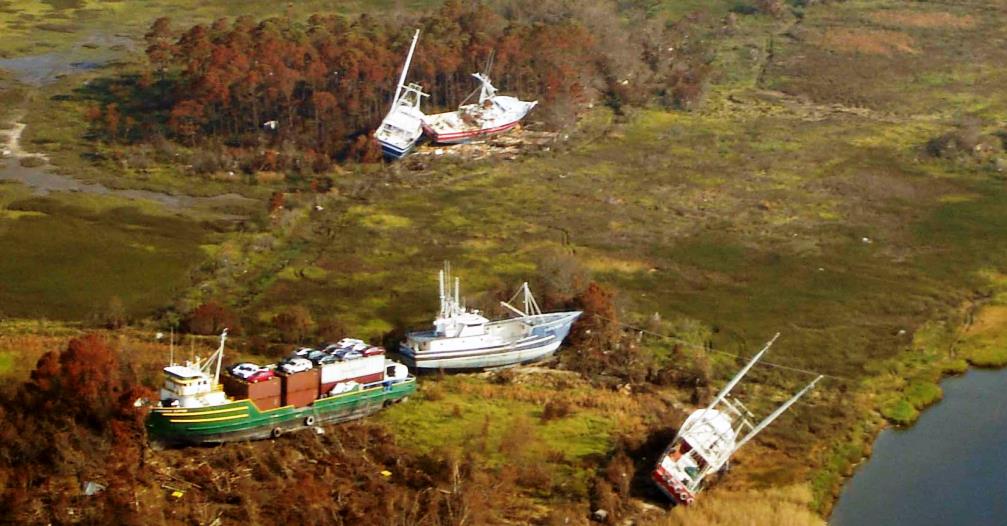On March 29, 2019, the Gulf Coast Ecosystem Restoration Council (Federal Restore Council) approved Alabama‘s State Expenditure Plan for Gulf Coast recovery.
This plan, developed by the Alabama Gulf Coast Recovery Council (AGCRC), proposes 28 activities for the Spill Impact Component of RESTORE funding (also known as Bucket 3) for a total estimated cost of $132,355,952.
Now that the plan has been approved, individual grant applications must be submitted to the Federal Restore Council and awarded before project activity can begin. “The approval of the State Expenditure Plan continues reinvestment in the Alabama’s Gulf Coast communities as a result of the oil spill funds guaranteed to the people of Alabama through the RESTORE Act,” Alabama Governor Kay Ivey said. “As these projects move forward, I look forward to seeing the return on this investment, as we build a more resilient coast.”
The projects proposed in this plan are all located within Mobile and Baldwin Counties and are consistent with the eligible criteria as stated in the Resources and Ecosystems Sustainability, Tourist Opportunities and Revived Economies Act of 2012 (RESTORE Act), a bill passed by Congress in 2012 in the wake of the BP/Deepwater Horizon oil spill catastrophe.
The Alabama Council decided to adopt all activities deemed eligible for funding under the RESTORE Act for the State Expenditure Plan (SEP) as follows:
- Restoration and protection of the natural resources, ecosystems, fisheries, marine and wildlife habitats, beaches, and coastal wetlands of the Gulf Coast region;
- Mitigation of damage to fish, wildlife, and natural resources;
- Implementation of a federally approved marine, coastal, or comprehensive conservation management plan, including fisheries monitoring;
- Workforce development and job creation;
- Improvements to or on state parks located in coastal areas affected by the Deepwater Horizon oil spill;
- Infrastructure projects benefiting the economy or ecosystem resources, including port infrastructure;
- Coastal flood protection and related infrastructure;
- Planning assistance;
- Administrative costs;
- Promotion of tourism in the Gulf Coast region, including recreational fishing; and,
- Promotion of the consumption of seafood harvested from the Gulf Coast region.
The 28 projects selected focus, in large part, on water quality, park and public facility improvements, and environmental restoration.
The 10-member Alabama Gulf Coast Recovery Council was created when Congress passed, and President Barack Obama signed into law, the RESTORE Act.
“As administrator for the Alabama Council, the Alabama Department of Conservation and Natural Resources is appreciative of the coordination and support provided throughout this process by the Gulf Coast Ecosystem Restoration Council,” said ADCNR Commissioner Chris Blankenship. “We look forward to working with the Council as each grant is developed and implementation begins.”
The council comprises the governor, who serves as chair; the director of the Alabama State Port Authority, who serves as vice-chair; the chairman of the Baldwin County Commission; the president of the Mobile County Commission; and the mayors of Bayou La Batre, Dauphin Island, Fairhope, Gulf Shores, Mobile and Orange Beach. Former congressman, and now chief of staff, Jo Bonner serves as Governor Ivey’s representative in her absence.
Prior to the BP oil spill, Bayou La Batre, Alabama had experience another disaster, in the form of Hurricane Katrina. The featured photo (courtesy of NOAA) shows a cargo ship and other boats aground in 2005. The M/V Caribbean Clipper (left) was unloaded by crane six months later and refloated.

